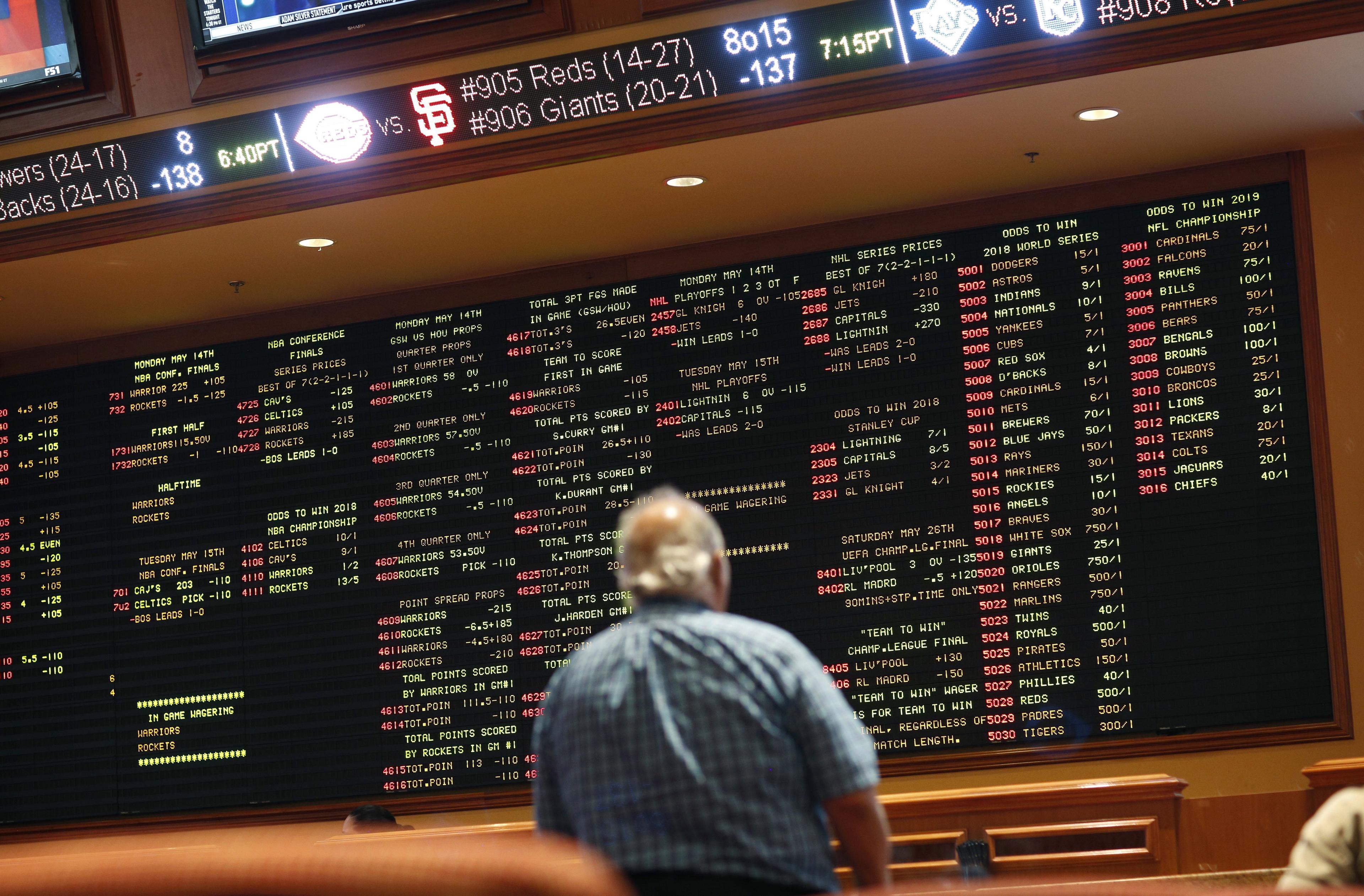Subscribe to our newsletter
We'll send you bets and resources to help you profit
What is No Vig Betting – How to Calculate No Vig Odds?
AP Photos
Whether dealing with a bookie or oddsmakers that would rather break your bank than legs, there’s always going to be a cut for the house. No matter how sweet a deal looks, the prices sportsbooks offer are never truly fair.
The reason for this is the “vig.” Alternative names for vig are “juice,” or “house edge.” This article explains how to use fair odds to even the sports betting playing field.
How Vig Works
Say DraftKings offers the moneyline odds for the Los Angeles Lakers vs. Boston Celtics as -110 Celtics and -110 Lakers — an even line. Imagine one bettor places $110 on the Celtics, while another bettor wagers $110 on the Lakers.
DraftKings pays $100 profit ($110 bet at -110 odds) to the winner and collects $110 from the losing bettor. The sportsbook earns $10 profit, which is how sportsbooks keep operating. Bookmakers attempt to have as many bettors as possible place equal and opposite wagers, so a risk-free cash flow keeps coming.
What is No Vig Betting?
No-Vig Betting is betting without or the lowest percentage of house edge in your bet. It’s best described as finding lines that are closest to the actual implied odds of a game’s outcome.
No Vig Betting is Say, for example you find a bet using the No-Vig Fair Odds Calculator at OddsJam and find a line that is very close to actual odds. It’s likely a bet with Positive EV, as you must beat the sportsbook lines in order to find profitable odds.
Sportsbooks often move the vig depending on what lines bettors are placing money on. For example, a line may move from -110 to -130 if there are many bettors taking that bet. This ensures the sportsbooks still make a profit by essentially increasing the buy-in as the line moves.
How to Calculate No-Vig/Fair Odds
Odds connect with mathematics and implied probability, which is always objective of course. However, because vig factors into odds, the resulting associated win probability won’t be “fair” as it will include the vig.
An example would be Ohio State is a -180 favorite against Utah, a +155 underdog. Using a typical odds calculator, we can get the associated win probabilities for each line: Ohio State should win 64.3% of the time and Utah should win 39.2% of the time. The two probabilities add up to 103.5% — which shouldn’t be the case.
That’s because that additional 3.5% is the juice. Using OddsJam’s No-Vig Fair Odds Calculator, which essentially backs out the “fair” odds by backing out the 3.5% from both win probabilities, we can then finding the odds associated with the now “fair” win probabilities.
The “fair” win probability for the above example is that Ohio State should win the game 62.1% of the time (vs. 64.3% before) and Utah should win the game 37.9% of the time (vs. 39.2% before). The probabilities now add up to 100%. The “fair” odds for this market would be -163.93/+163.93. Those “fair” margins cut out the sportsbooks’ guaranteed slice of the profitability pie.
For bettors to break even when betting at odds of -110, they need to win a little over 52% of their bets when the vig is factored in. Note that this means the vig renders a winning percentage above 50%, but below 52.4 so not profitable over the long haul.
Also, make sure, that you use the right type of odds for a certain game with our market width guide!
When To Use Fair Odds
Every sportsbook uses vig to its operational advantage. Thus, it behooves all bettors — particularly those who heavily rely on numerics — to calculate no-vig odds for true winning percentages on each wager.
Calculating No Vig Odds with OddsJam
OddsJam performs the hard work for everyone! Simply input the odds of the wager into the calculator. OddsJam figures the “fair” odds, so bettors can determine when a bet is profitable. Keep in mind that in-person oddsmakers take a larger vig than online outlets since online betting generates a much higher volume of bets and a larger customer base.
